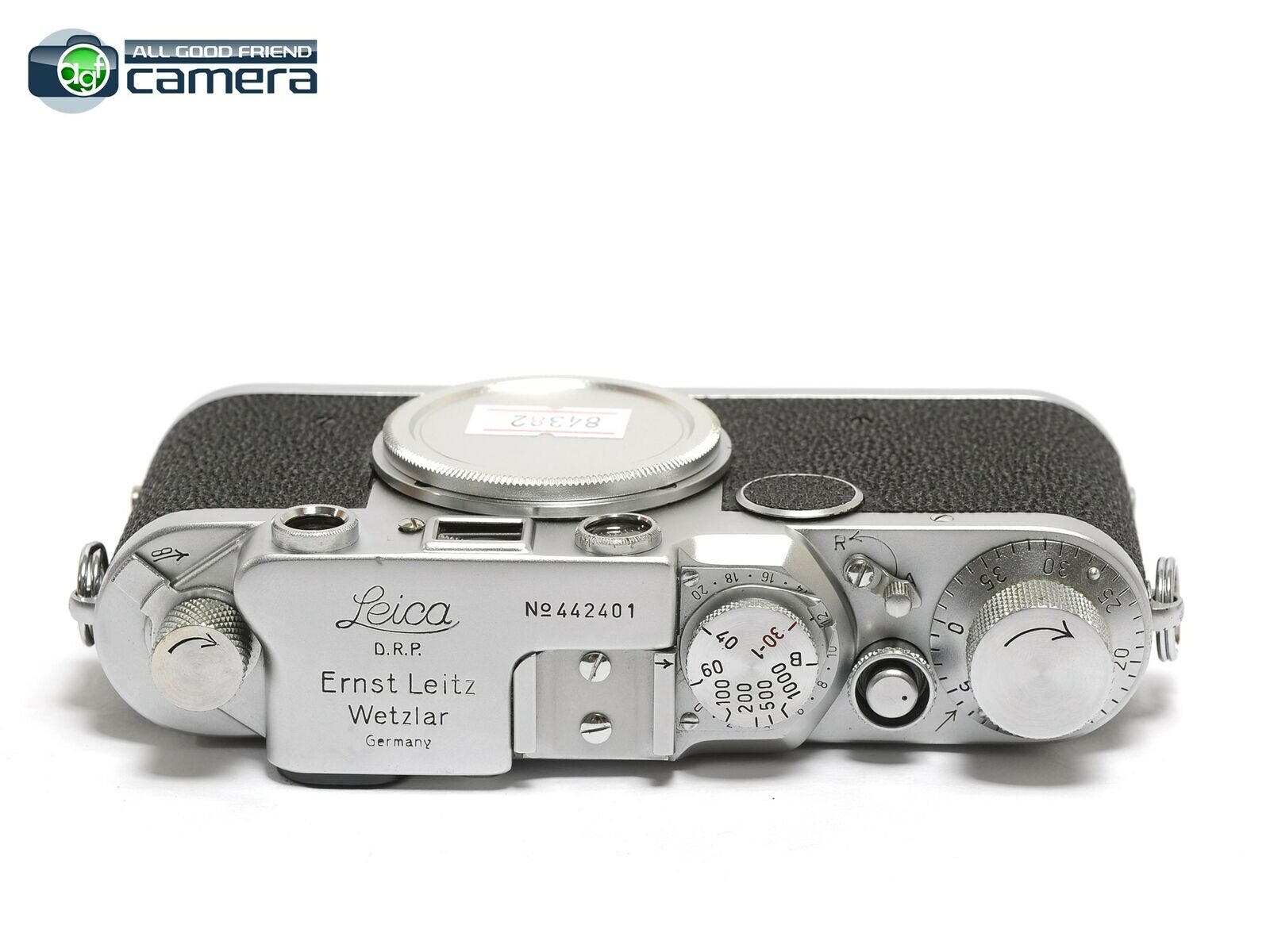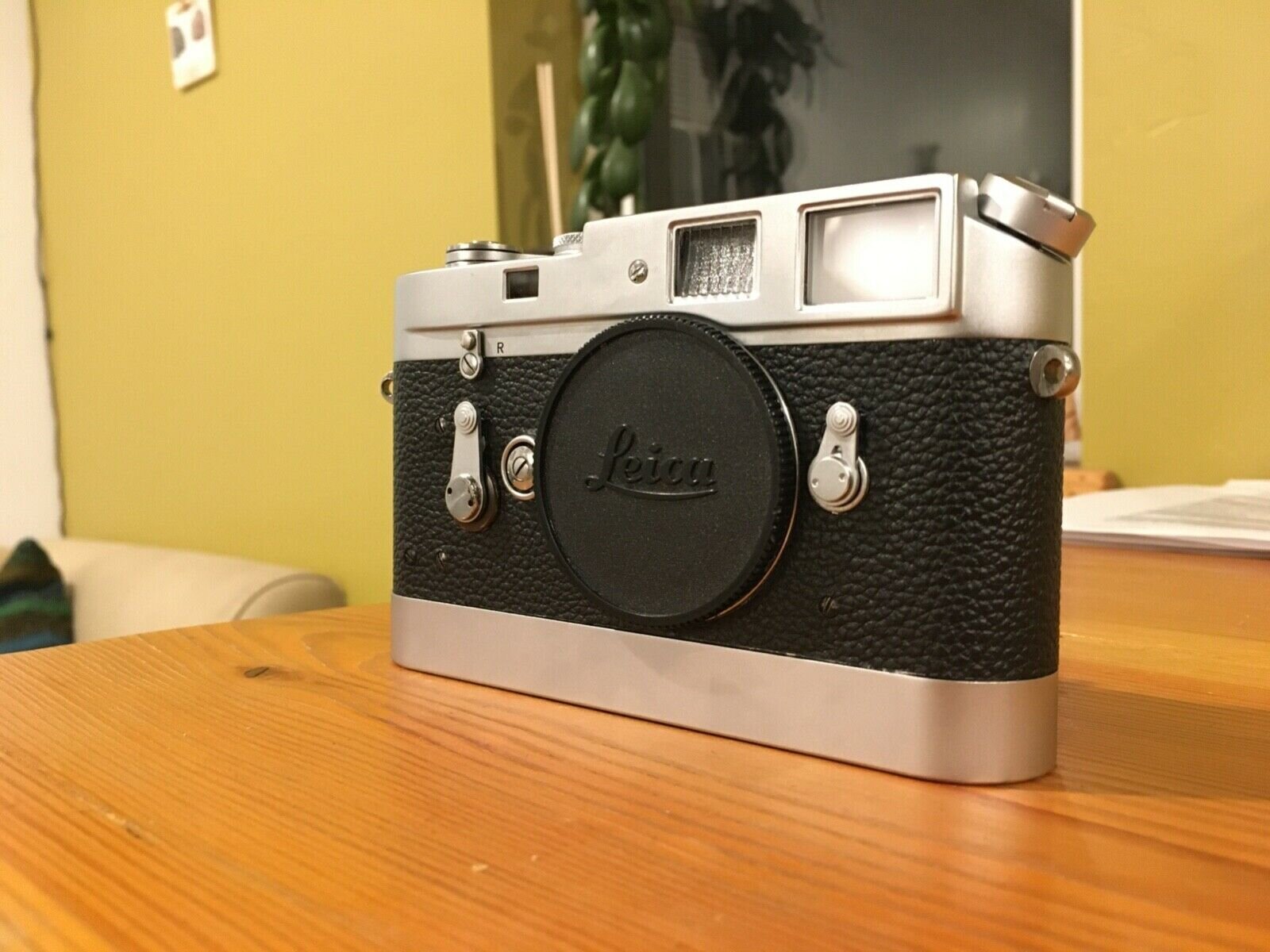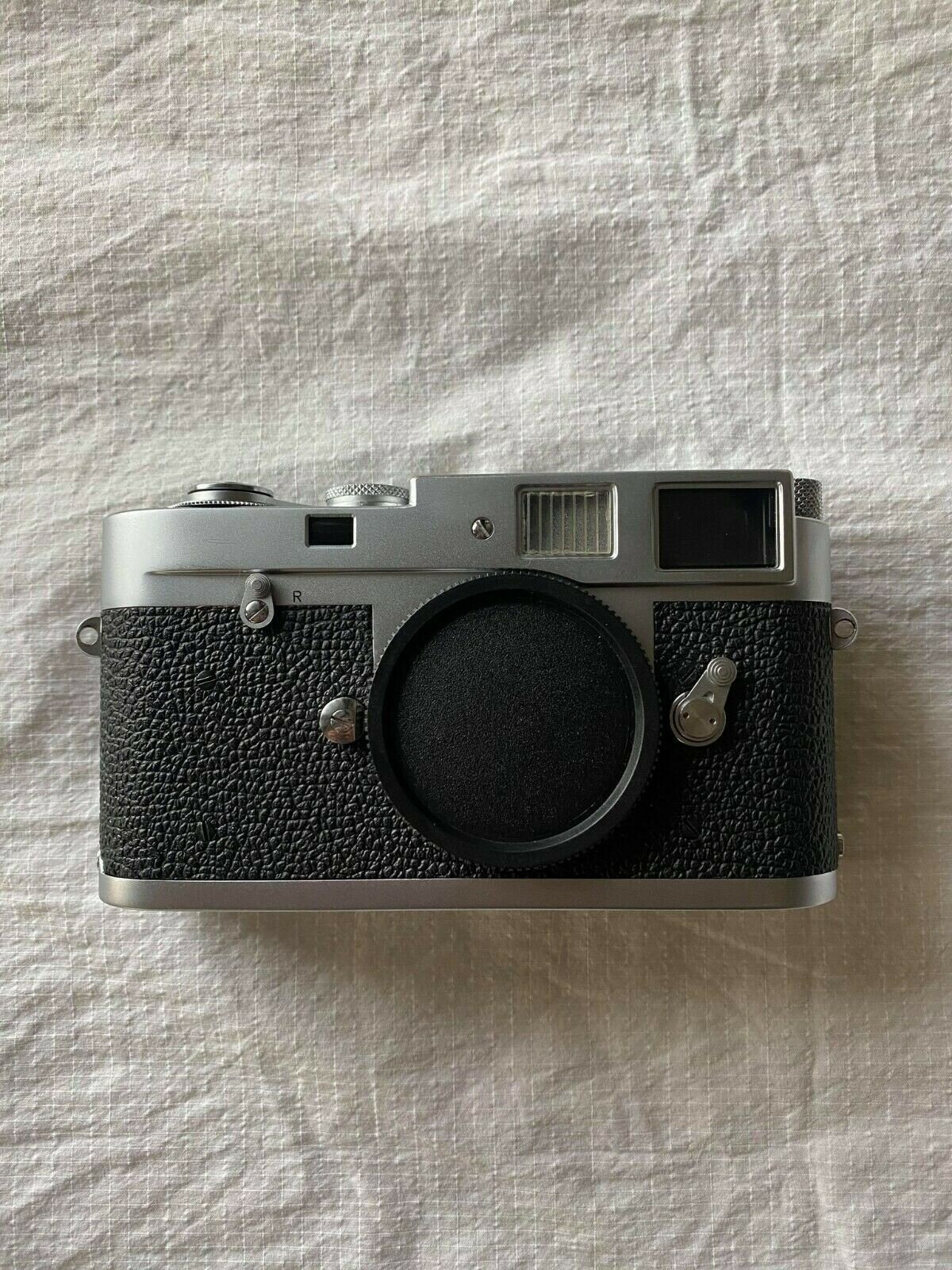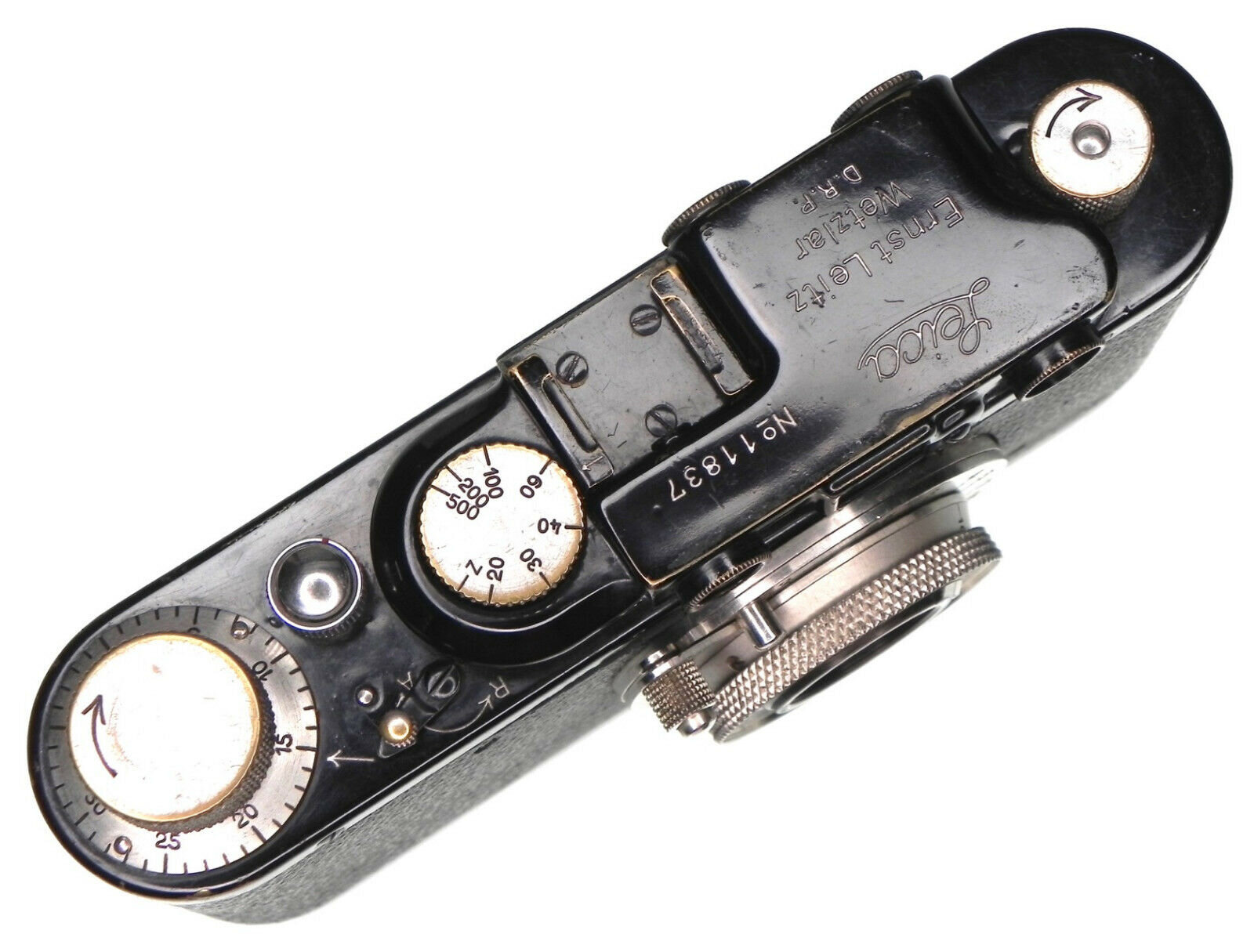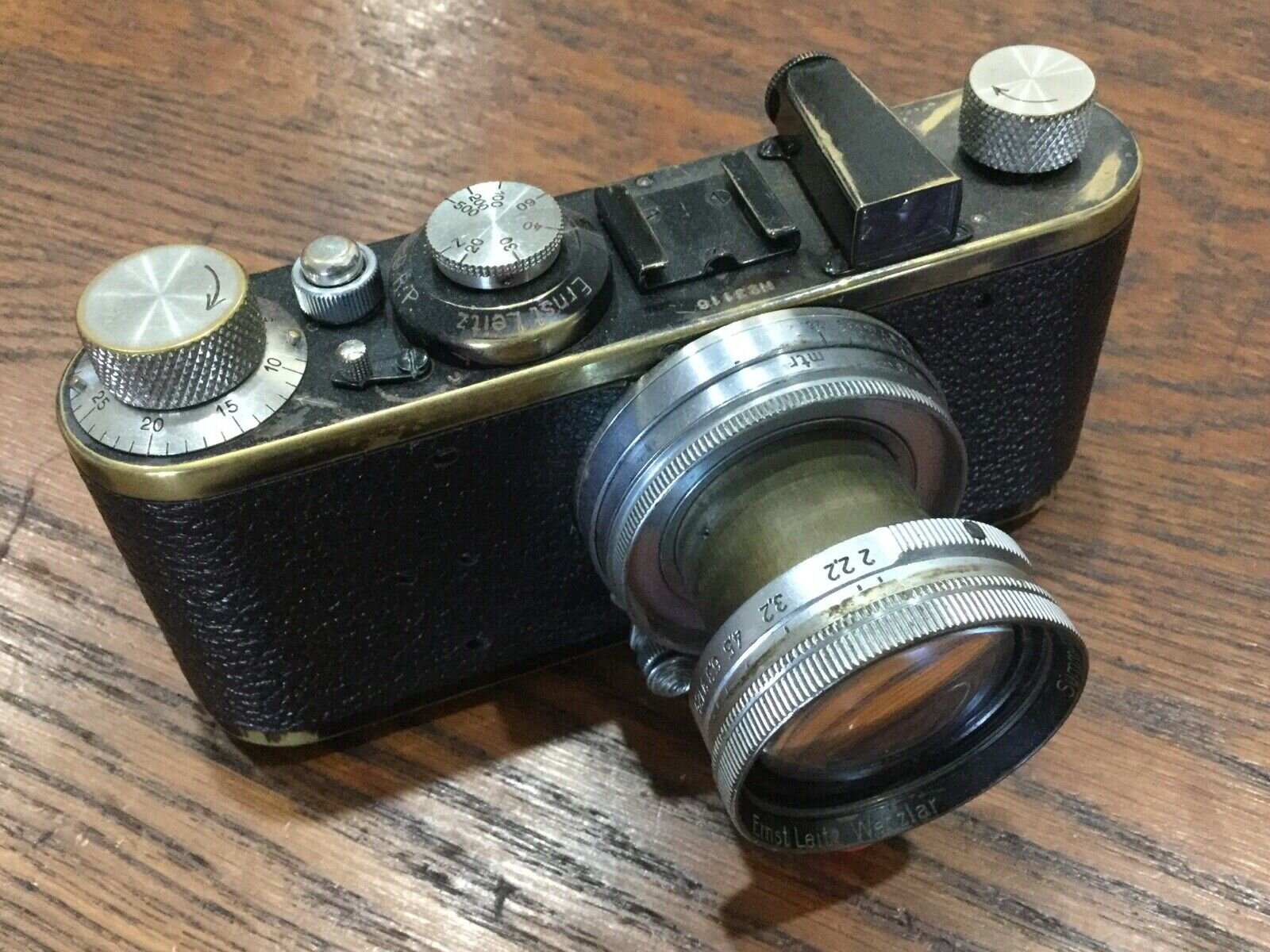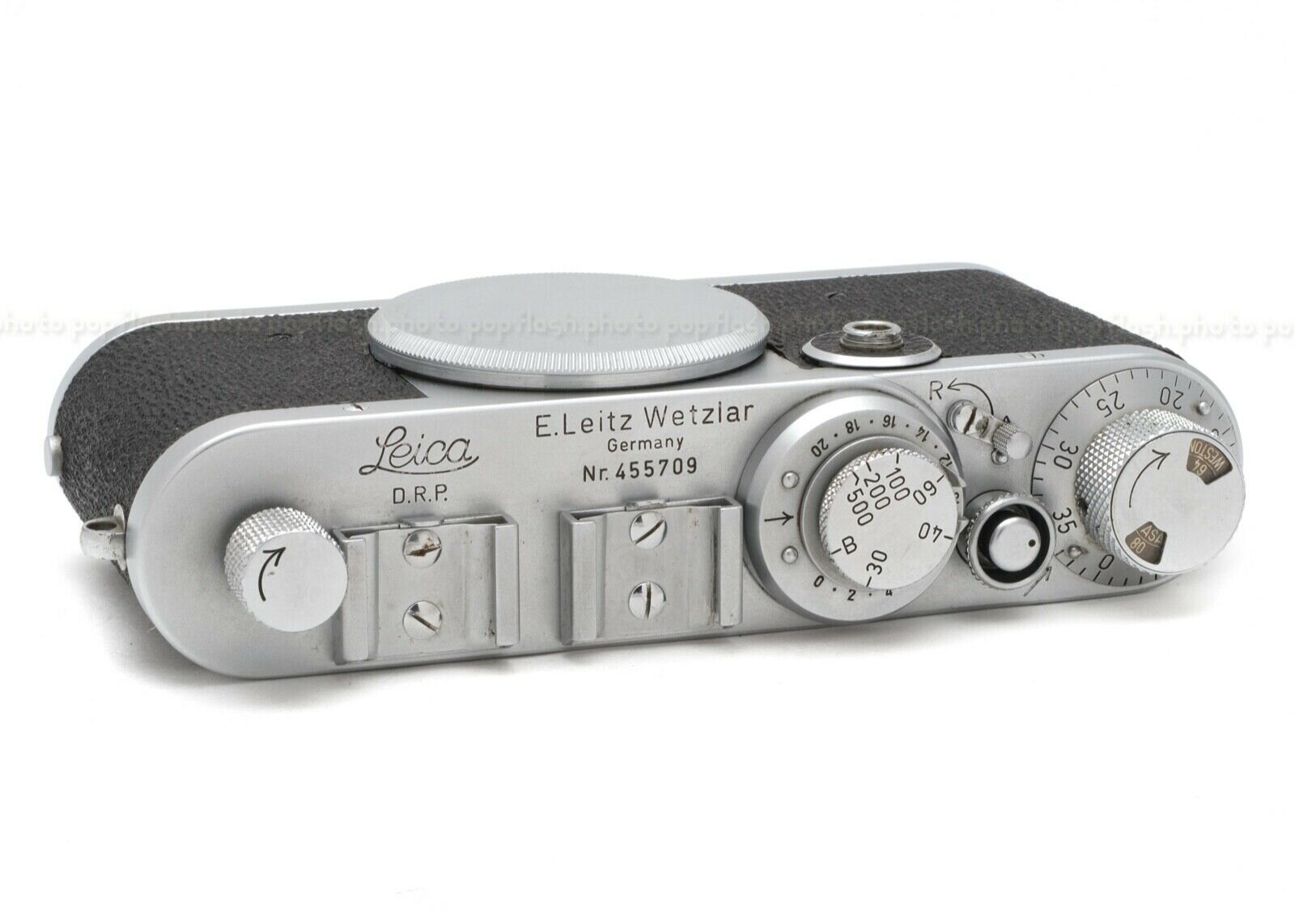‘Stealth’ Leica Factory Upgrades
Never officially listed, they were sometimes available on request.
While the factory at E. Leitz Wetzlar can hardly be described as a cottage industry, it retained some aspects of the precision workshop mentality well into the postwar era. Indeed, the company treated Leica owners as de facto members of an elite club and considered Leica cameras as long-term investments rather than mere hardware. In modern terms, one could say they provided exceptional customer service, but it was a lot more than that. They would, at quite a reasonable cost, convert your fixed-lens Leica I into a model II or even a model III complete with screw mount and coupled rangefinder, and they offered similar conversion upgrade services on later Barnack Leicas. Up until the mid-1960s you could also request and usually receive a host of other factory upgrades, none of which were officially listed. Many of these don’t rise to the level of “conversions” but all entail custom work by highly trained technicians.
Since all these amazing services are unlisted, we asked famed Leica historian James Lager if he could provide any additional information on what upgrades the factory would or would not perform. Here is his verbatim response under the heading Leitz Service Department:
“The repair department at Leitz, Wetzlar and those at many Leitz Agencies worldwide offered a multitude of possibilities. I cannot locate a specific document listing all the services, but here is what I can offer from memory:
Convert Leica IIIc to IIIf, IIIf to IIIf with self-timer, and Ig to IIIg
Convert Visoflex II to IIa, and Visoflex II or III to accept interchangeable focusing screens.
Add focusing cam to very early non-rangefinder-coupled lenses.
Add preview lever, install depth of focus rangefinder masks, and convert double-stroke to single stroke on early Leica M3.
Modify Leica M3 to accept Leicavit MP.
Install self-timer on Leica M2s lacking this feature.
Add 3rd neck strap lug to Leica M5 to allow horizontal carry.
Convert chrome finish Leica M2 and M3 to factory black finish.
Modify M1, M2, MD, and MP to accept Leitz NY electric Leica Motor.
Install M3 range/viewfinder into M2 to configure a “home-made” MP.
Keep in mind that all of this was a special request, and primarily done in the 1950s and 1960s. Today I am confident that such service is nonexistent. This is all I have. Hope it helps.”
To give you a better idea of additional ‘stealth’ factory and independent Leica upgrades out there we scoured the internet, checked out the offerings posted by Leica specialty dealers and on online auction sites, and came up with the following fascinating items:
Leitz Leica Ic Silver Film Camera body OEGIO Serial No. 455709 from first production run of 1949, in Excellent + condition, with Leitz SBOOI finder and the following factory modifications:
Leitz factory modified to black dial
Leitz factory added front-mounted flash sync terminal
Leitz factory added wind knob with a film type indicator
This beauty also has a “sharkskin style covering” but it’s unclear whether this is a factory mod. Asking price at the time of listing: $928.00.
Leica IIc factory modified to IIf black dial with back-mounted flash sync terminal, body cap, in Excellent + condition. Asking price at the time of listing: $599.00.
Leica M2 was modified to M2-MOT specs by Leitz, New York. The seller says that this is not part of the original run of 276 M2-M bodies marked as such, but part of a smaller number of M2 bodies subsequently modified by Leitz, New York to accept the Leitz, NY electric motor. The asking price for the body in excellent condition with Leitz body cap, $2,650.00.
In general, genuine factory-modified or converted Leicas fetch somewhat higher prices than their unmodified counterparts due to collector interest. But have pity on the poor souls who converted their precious 4- and 5-digit Leica I (Model A) to a Leica II or Leica III, thereby lowering their value considerably.

